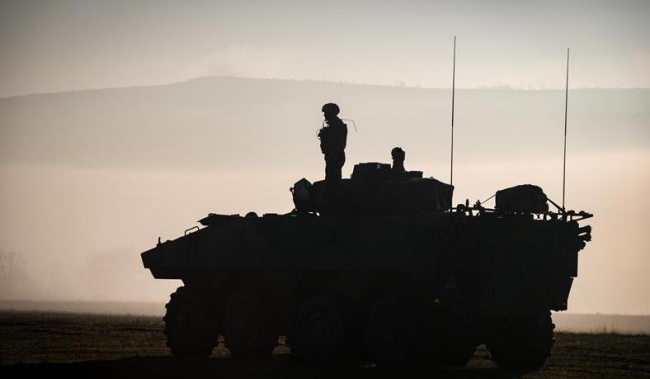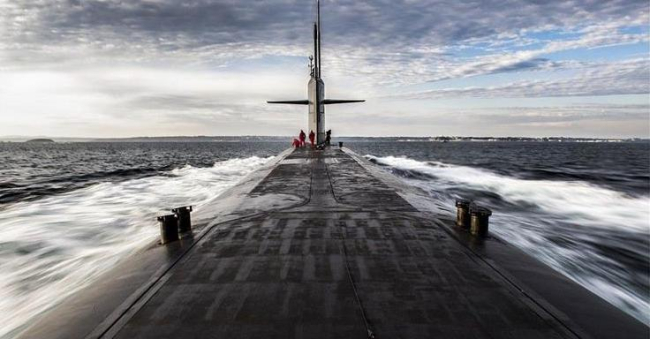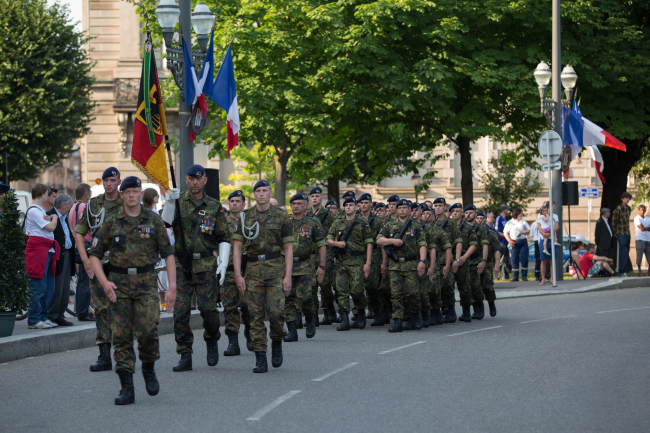Hypersonic Weapons: What Are the Challenges for the Armed Forces?
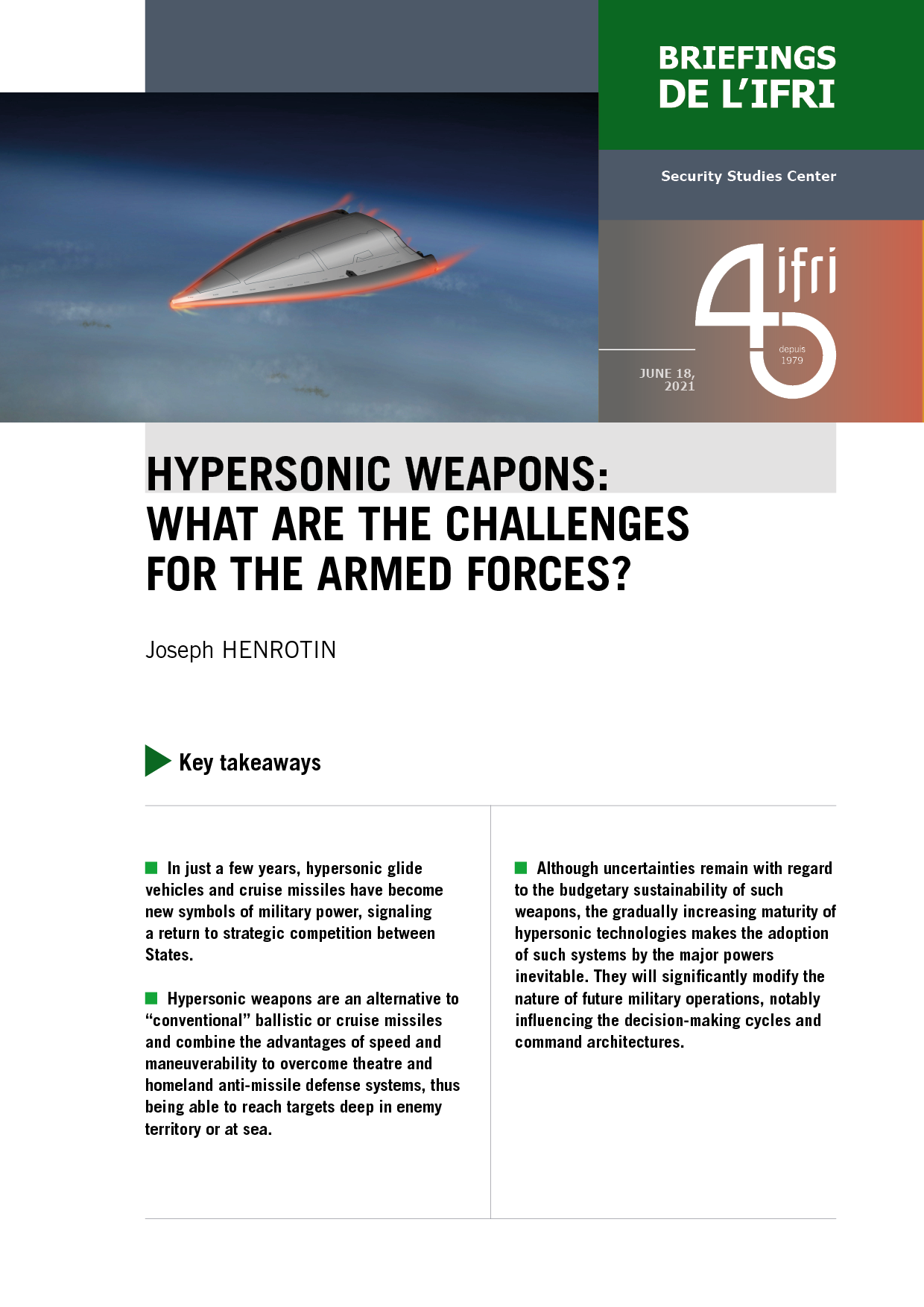
Hypersonic systems are becoming attributes of power for the states that design and implement them, at the risk of reviving an arms race.
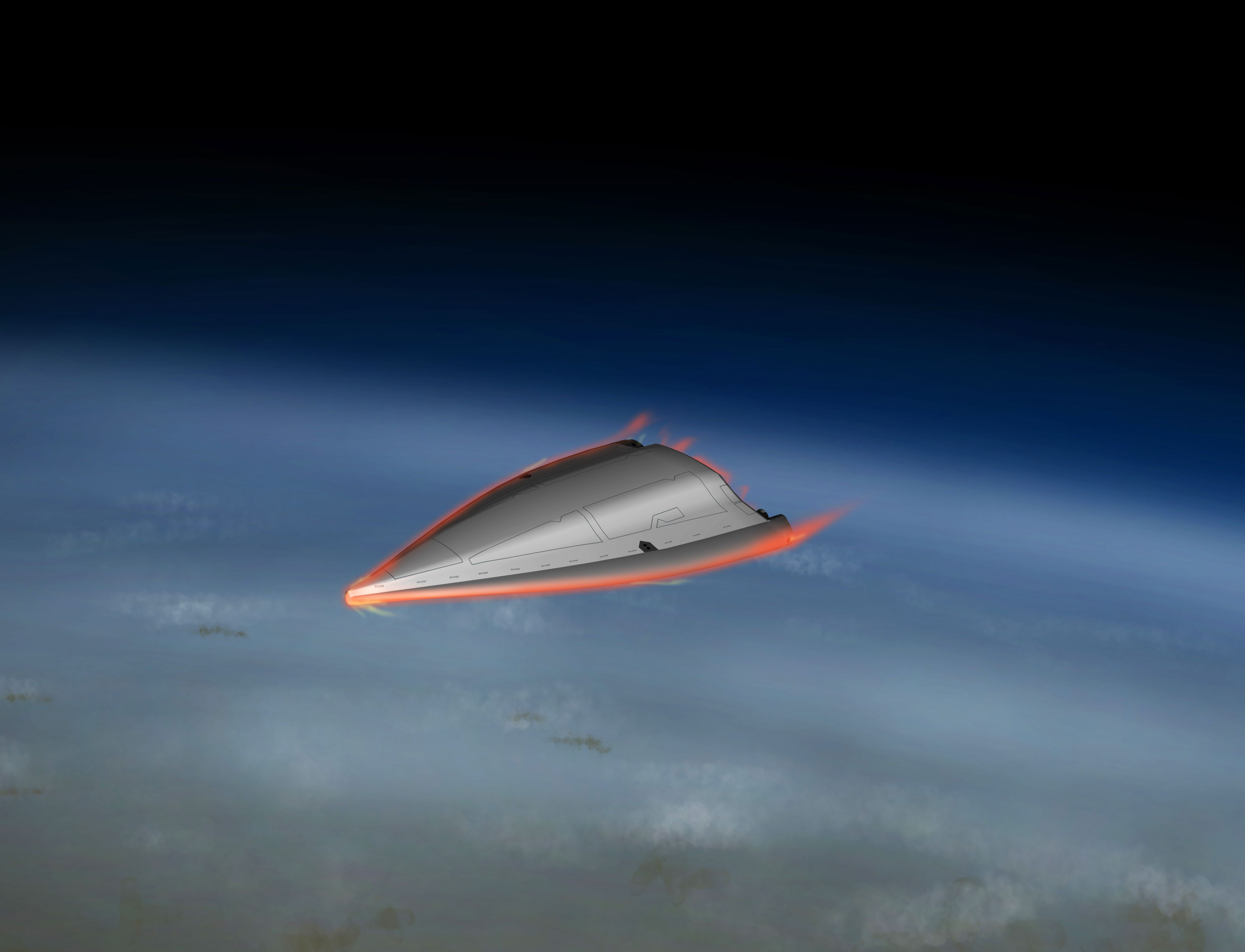
■ In just a few years, hypersonic glide vehicles and cruise missiles have become new symbols of military power, signaling a return to strategic competition between States.
■ Hypersonic weapons are an alternative to “conventional” ballistic or cruise missiles and combine the advantages of speed and maneuverability to overcome theater and homeland anti-missile defense systems, thus being able to reach targets deep in enemy territory or at sea.
■ Although uncertainties remain with regard to the budgetary sustainability of such weapons, the gradually increasing maturity of hypersonic technologies makes the adoption of such systems by the major powers inevitable. They will significantly modify the nature of future military operations, notably influencing the decision-making cycles and command architectures.

Available in:
Regions and themes
ISBN / ISSN
Share
Download the full analysis
This page contains only a summary of our work. If you would like to have access to all the information from our research on the subject, you can download the full version in PDF format.
Hypersonic Weapons: What Are the Challenges for the Armed Forces?
Related centers and programs
Discover our other research centers and programsFind out more
Discover all our analysesThe Franco-German Brigade and the Revival of European Defense
One thing has been clear since Donald Trump's return to the White House: the very existence of the European unification project is threatened. Unless it develops a sovereign defense policy to counter the war in Ukraine and the weakening of American security guarantees, the European Union will continue to see its internal cohesion and external attractiveness wane.
Taking the Pulse: Can Europeans Build Their Independent Extended Nuclear Deterrent?
Confronted with a U.S. disengagement and the Russian threat, Europeans are reconsidering their stance on nuclear deterrence. Given the capabilities of the French and British arsenals, can Europe develop an independent nuclear deterrent?

RAMSES 2024. A World to Be Remade
For its 42nd edition, RAMSES 2024 identifies three major challenges for 2024.
A Transatlantic Defense Industrial Base? Two Contrasting Views
The evolving landscape of global defense cooperation has brought the transatlantic relationship between the United States (US) and Europe into sharp focus. As geopolitical tensions rise and the threat environment becomes more complex, the question of how Europe can best ensure its security while navigating its relationship with the United States has become paramount. This double feature report offers two contrasting views on the dynamics of US-Europe defense industrial relations, highlighting the challenges and opportunities that lie ahead for both parties.




